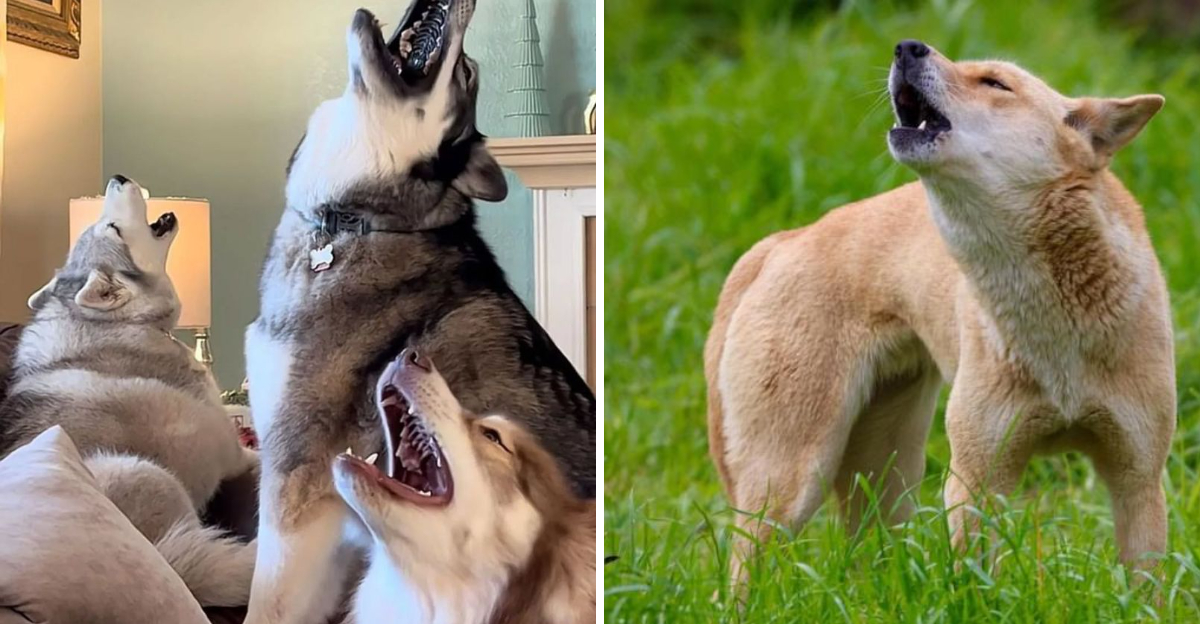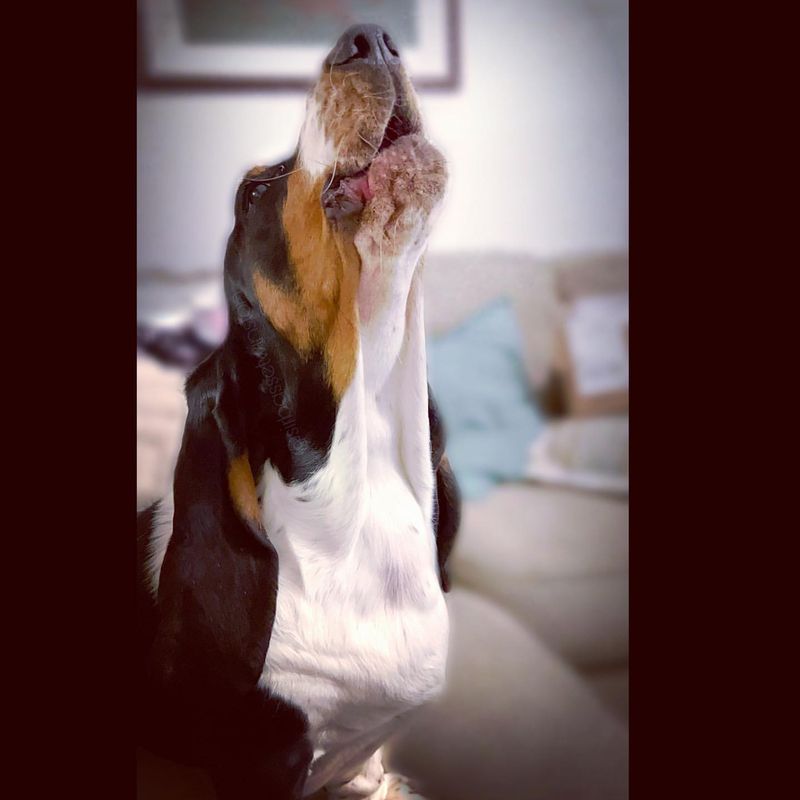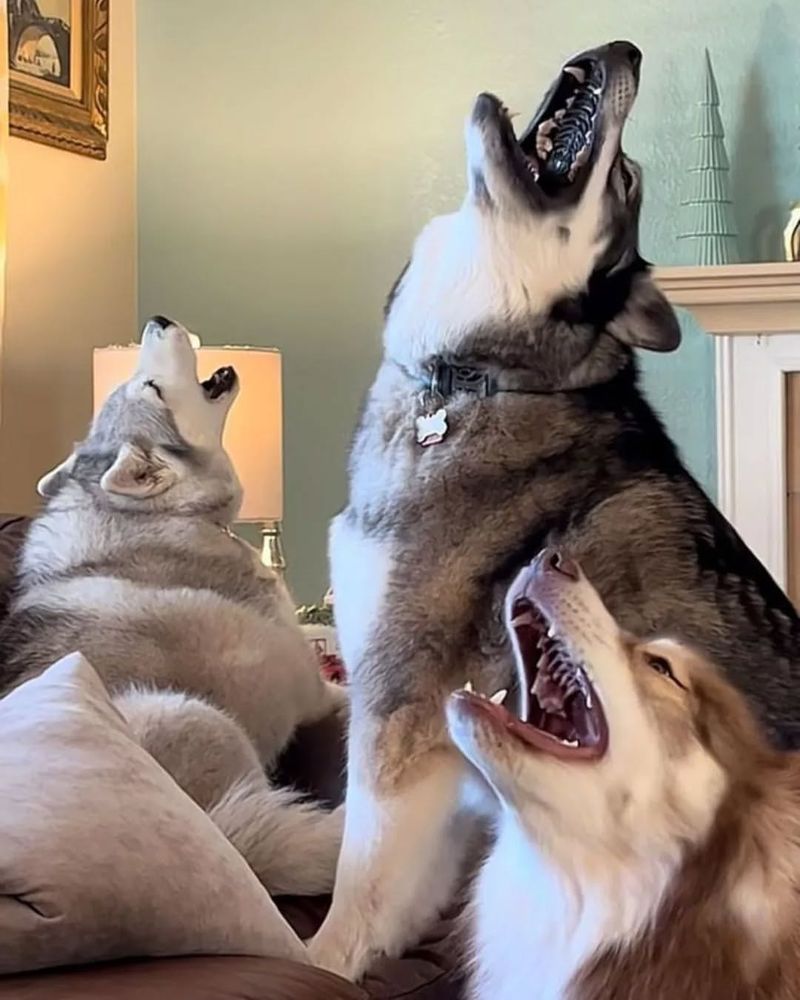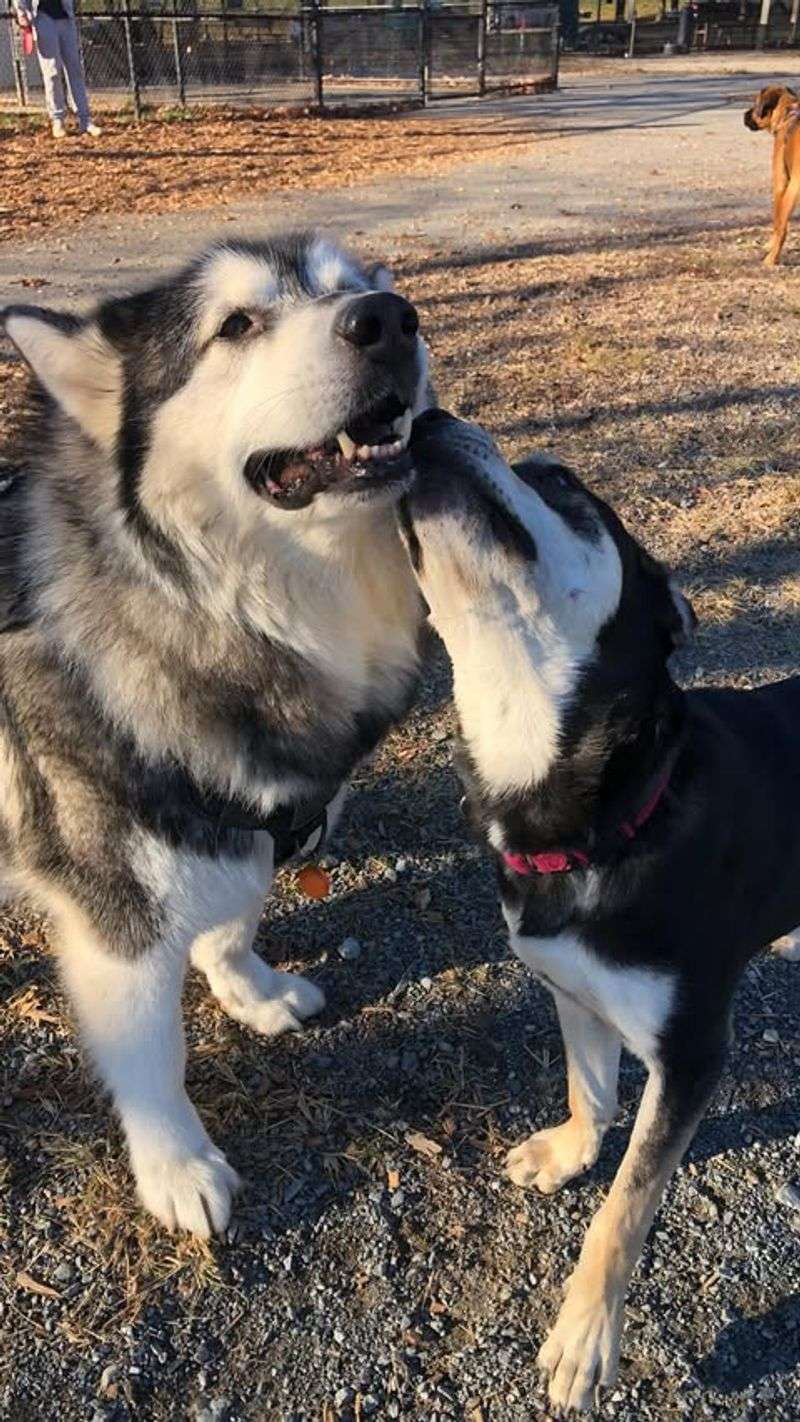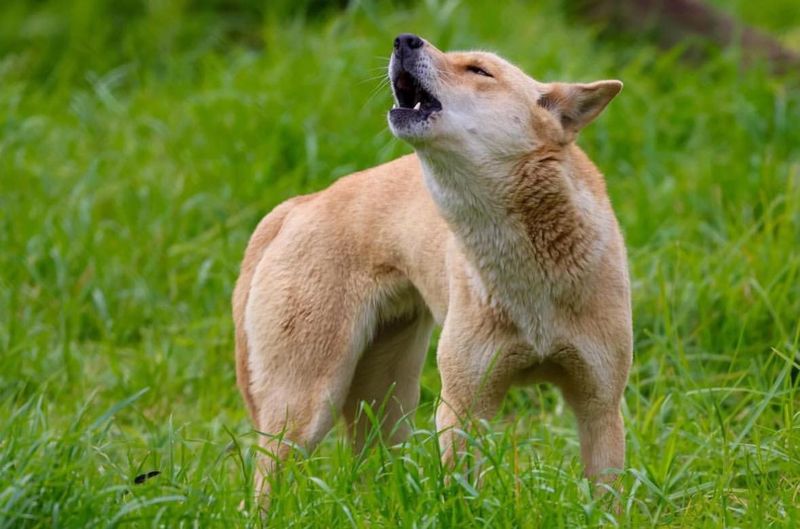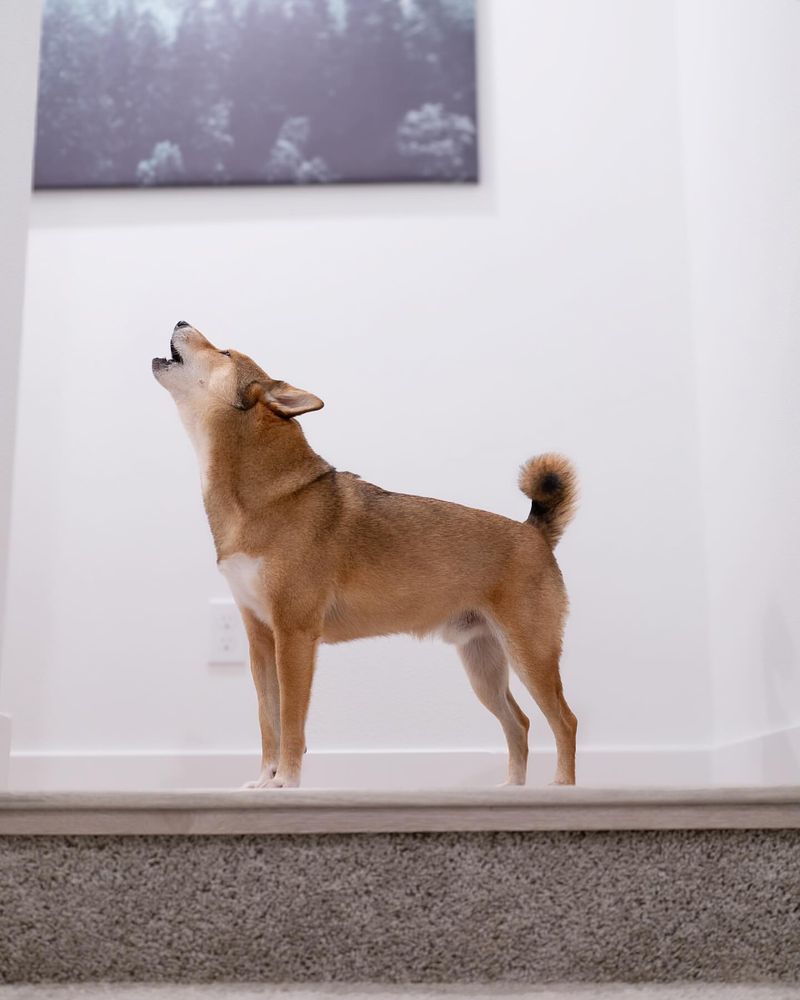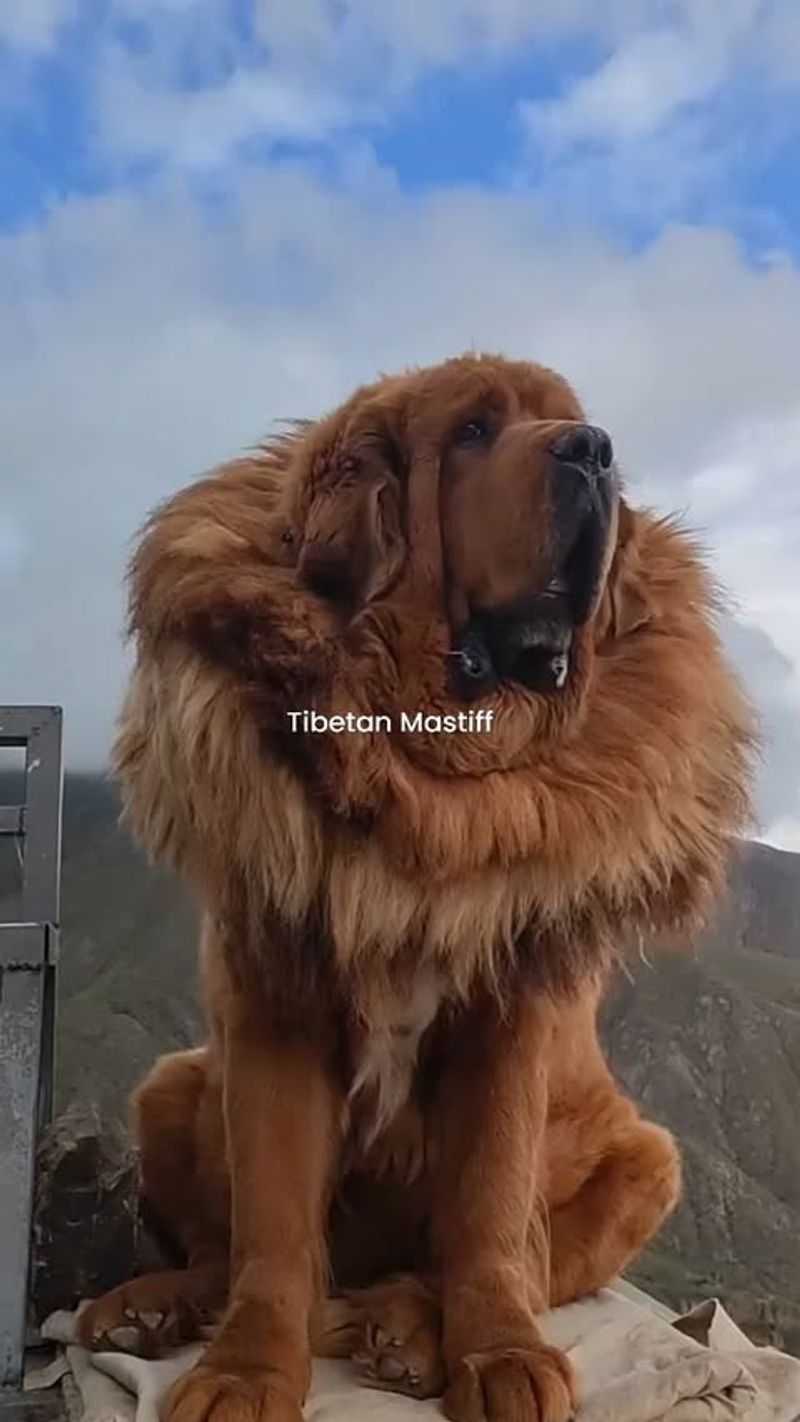Dogs have been man’s best friend for centuries, but some breeds are known not just for loyalty and companionship, but for their distinctive vocalizations. Among these, howling serves not only as a communication tool but also as a testament to their ancestral roots. This blog explores 11 unique dog breeds celebrated for their howls. From the hauntingly beautiful howls of the Siberian Husky to the melodious calls of the Beagle, each of these breeds brings its own special sound to the canine chorus.
Beagle
Beagles are famous for their distinctive howls, often employed during hunts. This breed uses its voice as a tracking tool, guiding hunters with a unique bay that echoes through forests.
Their howl is both a signal and a celebration of a scent found, making them excellent companions for outdoor adventures. Their vocalizations are not just for work but also for play, adding a musical quality to their lively temperament.
Beagles are known to howl along with music or when feeling particularly playful.
Basset Hound
With their soulful eyes and droopy ears, Basset Hounds are classic howlers. Their low, resonant howl is a testament to their hunting heritage, used to signal their position during hunts.
The Basset’s howl is deep and melodious, often surprising those who hear it for the first time. It serves as a reminder of their pack instincts and social nature.
These lovable hounds often howl when lonely or to join in with other dogs, creating a symphony of hound harmonies.
Bloodhound
Renowned for their scent-tracking abilities, Bloodhounds also have a howl that is impressive and loud. This breed’s vocalizations are part of its tracking toolkit, helping handlers locate them during searches.
Their howl is booming and carries over long distances, a perfect companion to their relentless pursuit of scents. This trait has made them valuable in search and rescue missions.
Bloodhounds often howl when on a scent trail, sharing their excitement and determination with their handlers.
Siberian Husky
The Siberian Husky is a breed that echoes the wild with its haunting howl. Known for pulling sleds across frozen landscapes, this breed’s vocal prowess is both a call of the wild and a means of communication.
Their howling can be a social tool, as Huskies often howl to gather their pack or to alert their owners. Despite their wolf-like appearance, their howl is surprisingly melodious.
Owners often find themselves serenaded by their Husky, whether in response to sirens or as a spontaneous expression of joy.
Alaskan Malamute
Alaskan Malamutes, cousins to the Siberian Husky, have a powerful howl that resonates with their history as sled dogs. Their howls are a part of their communication repertoire, used to communicate with their pack and human companions.
Their vocalizations can express a range of emotions, from joy to alertness, making them an expressive breed.
Malamutes often howl in response to sirens or music, showcasing their social nature and deep connection to their environment. Their howl is a window into their ancient, resilient spirit.
Dachshund
Despite their small size, Dachshunds have a surprisingly loud and distinctive howl. Originally bred for hunting badgers, their vocalizations are part of their courage and determination.
Their howl is an expression of their alert nature, often triggered by unfamiliar sounds or when they’re excited.
Owners appreciate the Dachshund’s vocal personality, which can turn a quiet home into a lively concert hall. Their howls reflect their fearless spirit, always ready to alert their owners or join in a chorus of canines.
Coonhound
Coonhounds are a breed synonymous with howling, often heard during night hunts. Their howls are sonorous and echo through the woods, guiding hunters to their location.
Bred for their tracking abilities, the Coonhound’s howl is a crucial part of their hunting skillset, ensuring they remain in communication with their human handlers.
Their howl is not just functional but also a sign of their hunting prowess and deep bond with their handlers, making them both loyal companions and skilled hunters.
Bluetick Coonhound
Bluetick Coonhounds are known for their distinctive, musical howl that sets them apart in the hound world. This breed’s howl is a melodic mix of baying and barking, often used during hunts to signal a find.
Their howls are an auditory representation of their keen sense of smell and tracking skills.
Owners often find them howling at night, a nod to their nocturnal hunting instincts. The Bluetick’s vocalizations are a testament to their intelligence and dedication, making them beloved by hunters and families alike.
Dingo
The Dingo, native to Australia, has a howl that is both haunting and beautiful, echoing across the vast outback. Their howl serves as a means of communication within packs, essential for survival in the wild.
Unlike other domesticated breeds, Dingoes rely heavily on their vocalizations to maintain contact over large distances.
Their howling is often solitary and mournful, a reminder of their wild nature and adaptability. Dingoes’ howls are a poignant symbol of their role in the Australian wilderness, uniting them as a community of resilient survivors.
Shiba Inu
The Shiba Inu, with its fox-like features, is known for its unique vocalizations, including a howl that sounds almost like a scream. This breed uses their voices to express a wide range of emotions, from excitement to protest.
Their howl is part of a broader vocal repertoire known as the “Shiba Scream,” which can be both endearing and startling.
Shibas often howl when they’re excited or want attention, making them a vocal and expressive breed. Their distinctive sounds are a reflection of their spirited and independent natures.
Tibetan Mastiff
The Tibetan Mastiff is a majestic breed with a commanding presence and a howl to match. Known for guarding monasteries and homes in the Himalayas, their howl is both a warning and a protective call.
Their deep, resonant howl can be heard echoing through mountainous regions, a testament to their strength and vigilance.
This breed often howls to alert their owners of strangers or potential threats, embodying their role as guardians. Their vocalizations are as powerful as their physical presence, ensuring they are both seen and heard.
